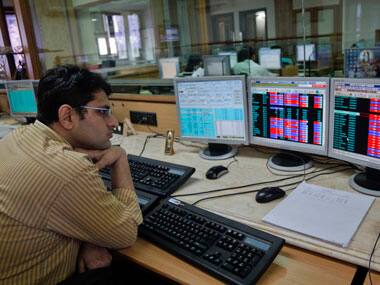The global equity markets have been catching a bounce, but the bond markets signal a potential bear. The prices of 10-year US treasury (UST) a key global benchmark fell drastically yesterday, pushing yields to 2.7%, a level last seen in March 2012.
Interest rates move inversely to bond prices and the downward momentum in 10-year USTs has been very strong. A look at the chart will show the extent of the fall.
The traditional ways of reading the market don’t seem to work well after the unprecedented degradation of the Dollar by the Federal Reserve’s quantitative easing policy.
Generally, when interest rates rise equity markets tend to fall. However, that was not the case at least last week. We have seen the equity markets move higher even as 10-year UST dropped lower.
A rise in interest rates slows down the economy which leads to a drop in equity markets. However, given the fact that the Federal Reserve has tripled the size of its balance sheet is giving the equity markets a sense that there is plenty of money in the system to keep the stock market buoyant.
[caption id=“attachment_934007” align=“alignleft” width=“380”]  More pain in the markets? Reuters[/caption]
Plus technical traders see that the US treasury is nearing a support level as shown in the chart. This would stem the rise in interest rates giving equity markets a reason to rally. However, there is an inflection point at which equity markets will take notice of the rising rates a sell off.
One does not know what the interest rate inflection point is. During the housing boom-led equity rally, the Federal Reserve kept hiking interest rates, but the equity markets continued to rally. It was only the housing bubble burst that led to drop in equity prices.
So whenever the Fed prints money it leads to bubbles in some part of the economy. So where are the bubbles now?
Housing prices in the US are still not at its 2006 peak and the same is true of commodities. Right now, the only places where prices have gone above 2007 levels are equities and bonds. So it is safe to assume that those are the two areas where the speculative fizz might be.
The threat of the Federal Reserve tapering off its quantitative easing has seen bond prices tumble. If the 10-year UST breaks below the upper support level it can go all the way down to the support level 2 marked on the chart. That would be very bearish for the equity markets.
One of the markets to be first affected will be housing. A rise in mortgage rates will refreeze the thawing housing markets. Housing drives a lot in the US economy and a slowdown in home sales will put the brakes on the US economy, which in turn affects the global markets.
The charts right now show that the 10-year UST could catch a bounce once it hits support. This could affect the equity markets either way. Equities could rally based on the projection that interest rates no longer would rise.
On the other hand, equity markets could fall as money could move into bonds in anticipation of a rally from support.
It is important to keep a close eye on the bond markets while trading equities. You see equities are the teenagers of the market, while bonds are the grandads.


)
)
)
)
)
)
)
)
)



